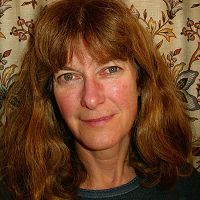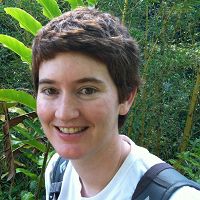Power et al. 2015
The Thirsty Eel: Summer and Winter Flow Thresholds that Tilt the Eel River of Northwestern California from Salmon-Supporting to Cyanobacterially Degraded States
Power, M.E., Bouma-Gregson, K., Higgins, P. and Carlson, S.M. (2015)
Copeia 1:200-211.
-
Eel, INVESTIGATOR
-
Eel, INVESTIGATOR, COLLABORATOR
-
Eel, INVESTIGATOR
Abstract
Although it flows through regions of northwestern California that are thought to be relatively well watered, the Eel River is increasingly stressed by drought and water withdrawals. We discuss how critical threshold changes in summer discharge can potentially tilt the Eel from a recovering salmon-supporting ecosystem toward a cyanobacterially degraded one. To maintain food webs and habitats that support salmonids and suppress harmful cyanobacteria, summer discharge must be sufficient to connect mainstem pools hydrologically with gently moving, cool base flow. Rearing salmon and steelhead can survive even in pools that become isolated during summer low flows if hyporheic exchange is sufficient. But if the ground water discharge that sustains river flow during summer drought drops below critical levels, warm stagnant conditions will kill salmonids, and cyanobacteria will thrive. Challenges and opportunities for restoring the Eel and increasing its resilience to climate extremes, water diversions, and excessive loading of fine sediments point toward exploring how land use and terrestrial vegetation affect delivery from uplands of water, heat, sediments, solutes, organic matter, and organisms—in ways that either heal or damage rivers.
Citation
Power, M.E., Bouma-Gregson, K., Higgins, P. and Carlson, S.M. (2015): The Thirsty Eel: Summer and Winter Flow Thresholds that Tilt the Eel River of Northwestern California from Salmon-Supporting to Cyanobacterially Degraded States. Copeia 1:200-211.. DOI: 10.1643/CE-14-086
 This Paper/Book acknowledges NSF CZO grant support.
This Paper/Book acknowledges NSF CZO grant support.
Explore Further




